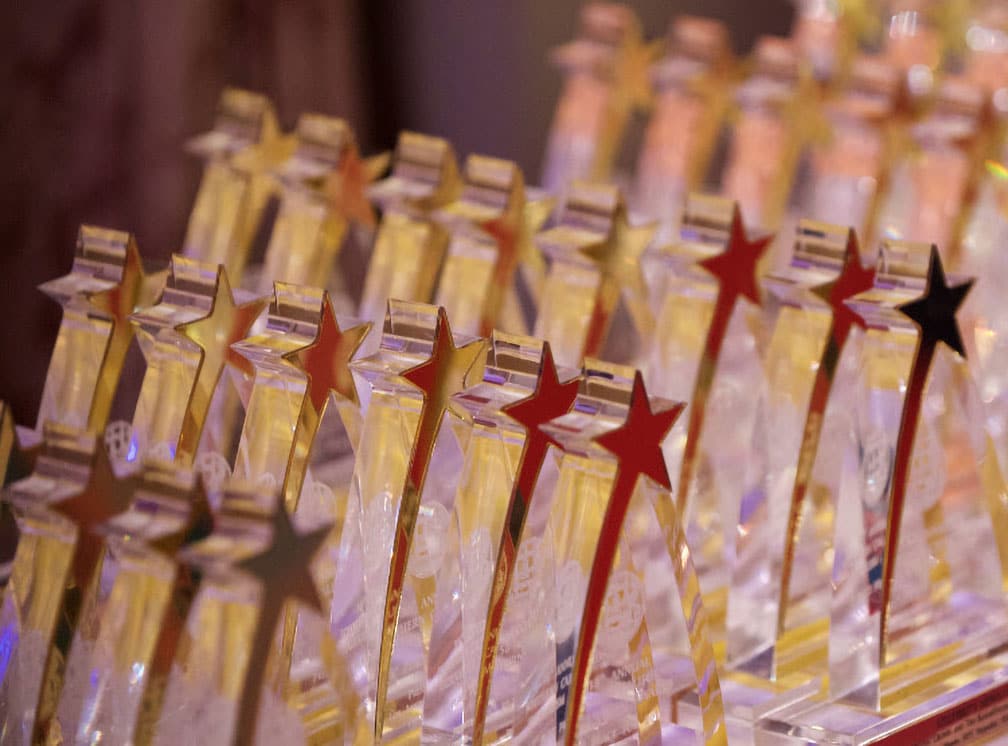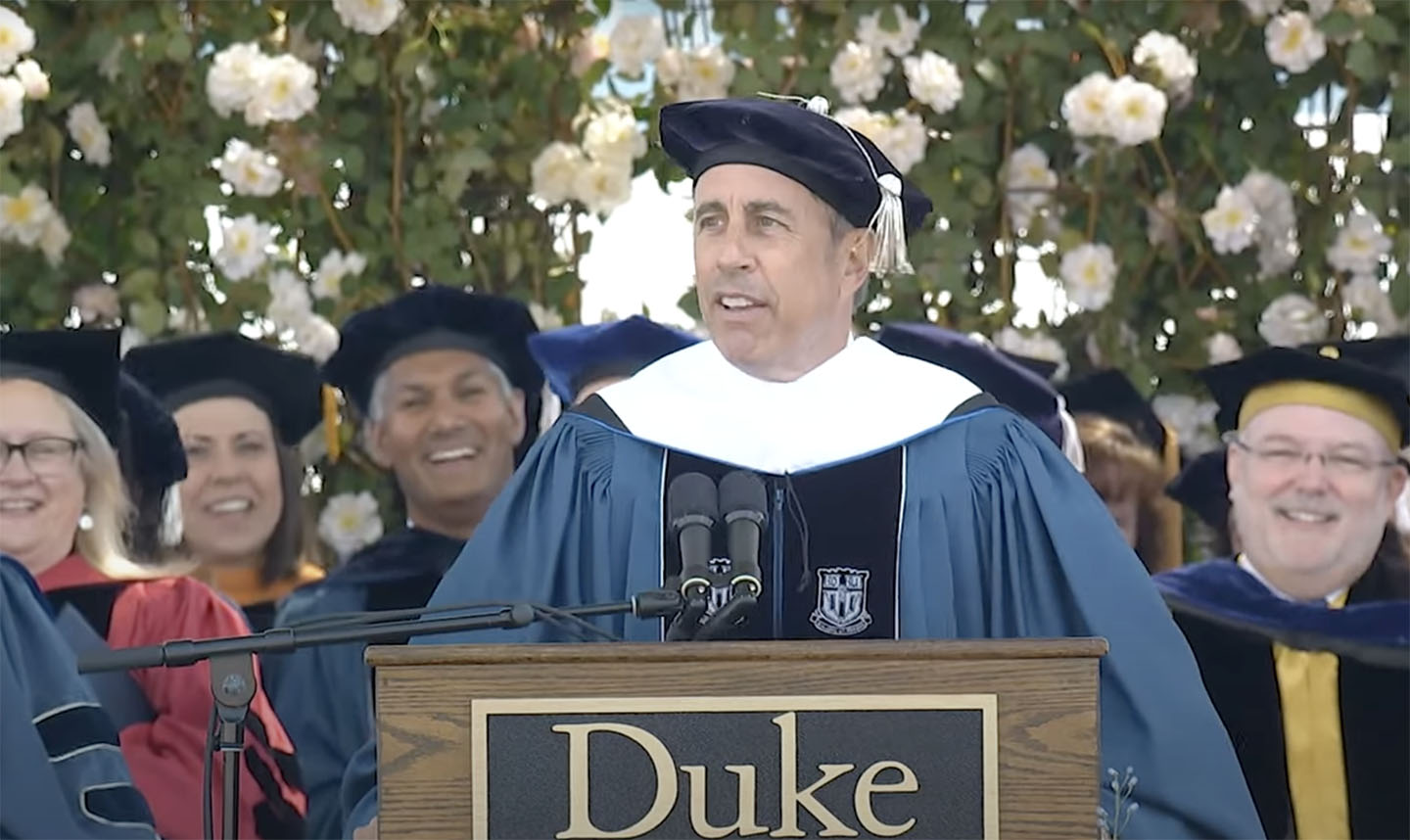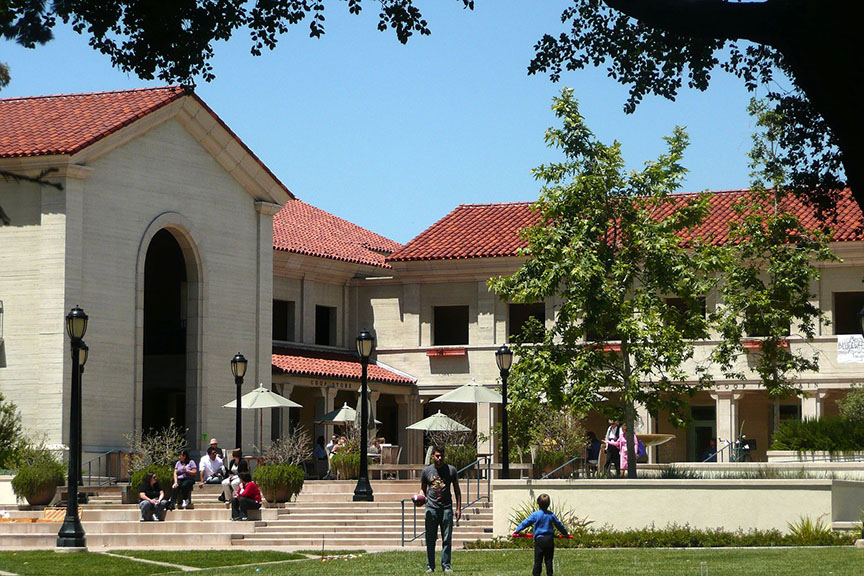First on my list of favorite new books for kids are a couple of fun titles for Passover—one an early chapter book by a much-beloved author, and the other a picture book with a familiar train-loving character. Next, Israel’s Nobel Prize winning author makes an appearance in graphic novel format, and a rabbi shares how she combines her challah baking with the weekly Torah portion.

“Scarlett and Sam: Escape From Egypt,“ by Eric A. Kimmel, illustrated by Ivica Stenanovic. (Kar-Ben, 2015) is a Passover-themed book that seems to be the first to fill a much-needed niche in Jewish children’s literature: the early chapter book for second- and third-grade readers.
These children have surely read many volumes of the wildly popular series by Mary Pope Osborne called “The Magic Treehouse,” so they are familiar with the “adventurous time-traveling children” plot device. The “Magic Treehouse” children have spent many afternoons in their treehouse pointing to pictures in books and suddenly being whisked off to exciting places, such as the Amazon rain forest or the land of the dinosaurs. In what is clearly a nod at this genre for Jewish children, twins Scarlett and Sam take an unexpected ride on Grandma Mina’s magic carpet (she brought it with her when she emigrated from Iran), and end up in the Egyptian desert watching Hebrew slaves working to build the Pyramids. They manage to team up with Moses, Aaron and Miriam to help free their people, but the story becomes much more complicated than the familiar one they know from the yearly Passover Seder. It’s nice to see a publisher take a chance on a Jewish-themed adventure book for this grade level, and this one would make an appropriate Passover gift for eager readers who have graduated from the “Magic Treehouse series.” Let’s hope for a continued series— Scarlett and Sam could have many more adventures in Jewish history awaiting them.

“Engineer Ari and the Passover Rush,” by Deborah Bodin Cohen, illustrated by Shahar Kober (Kar-Ben, 2015) is the fourth book in the engaging “Engineer Ari” series about a Yishuv-era train engineer whose various adventures entertain young children while also teaching about Jewish holidays.
The first book of the series, “Engineer Ari and the Rosh Hashanah Ride,” celebrates the first historic train ride from Jaffa to Jerusalem in 1892. Subsequent titles followed Engineer Ari as he navigated through the pre-Israel Palestine landscape during Sukkot and Hanukkah. Now, as Engineer Ari is busy prepping for the Passover seder, he tucks a shopping list into his pocket: roasted egg, charoset, parsley, horseradish, shank bone and matzah. As he greets various friends on his train ride to Jerusalem, they give him the needed items and he promises to bring back a box of matzah upon his return to Jaffa. The colorful, stylized illustrations reflect the architecture and empty spaces of what the land used to look like, along with the Middle Eastern modes of dress and Jerusalem’s multi-cultural Old City. An author’s note at the end includes a photo of the inhabitants of Jaffa at the time standing next to the real railway—“the train that shortened the trip between the coast and Jerusalem from 3 days to 3 1/2 hours. Eliezer Ben Yehuda the father of modern Hebrew, who lived in Jerusalem at the time, coined the word rakevet (train) from the Biblical word for ‘chariot’”. We are told that parts of this historic railway still operate today. Children don’t need to be train aficionados to enjoy this agreeable story, but for those who are, this series is a sure winner.

S. Y. Agnon (1881-1970), another important resident of both Jaffa and Jerusalem, was the central figure of modern Hebrew literature but has rarely had his works for children translated into English. According to the Institute for the Translation of Hebrew Literature, only two children’s stories had been translated; one in 1940 and the other in 1998. So the publication of this recent book, “From Foe to Friend & Other Stories: A Graphic Novel” by Shay Charka (Toby Press, 2015) containing three of his most famous tales, is certainly overdue.
The surprise here is the format. The graphic novel genre is expanding and has long grown out of the comic book stage. Graphic novels for children win literary awards all the time, and the newest format is in taking an established text (like the recent do-over of “Wrinkle in Time”), reformatting it, while retaining the author’s words. For short stories that are really parables, such as these by Agnon, it works beautifully. The second of the three strikingly rendered stories, “The Fable of the Goat,” originally published in 1925, is already well-known. It is something of a founding myth—the expression of the ancient pull towards Eretz Yisrael as told through a fantasy of a man who buys a goat that produces sweet milk but then disappears for days on end. Finally, when the owner’s son follows the goat into a cave, he comes out the other side into an ancient land flowing with milk and honey. The son writes a note to his father exhorting him to follow the goat to meet him in the land of Israel and places it into the goat’s ear. But upon the goat’s return, the father does not see the note and in his anger, he slaughters the innocent creature but later realizes he has “robbed himself of his own good fortune” because he can no longer gain access to the Holy Land shortcut and must suffer out his days in exile. Like all great illustrated folklore, the emotionally rich illustrations can be read on a level of a child, but older teens with a knowledge of Jewish history can glean much more from the power of the pictures along with the simplicity of Agnon’s words. The other two stories, “From Foe to Friend” and “The Architect and the Emperor” can also be experienced on two levels, proving that Israeli illustrator and political cartoonist Shay Charka is equal to the task of taking on the fables of Israel’s only Nobel Laureate with tremendous creativity.
 “Challah: A Chewish Guide to the Torah,” by Rabbi Susan Abramson is clearly self-published, but retains all the charm intended by this creative author of the “Rabbi Rocketpower” series of humorous books for kids. Clearly the photos could be more professionally done (and the challahs, too!), but the idea is brilliant. While searching for a way to instill in her young son a love and connection to Jewish tradition, she began a Friday family ritual of making challah together with him. One day, she began making challahs in the shapes of Jewish holiday symbols and, violà, a fun idea was born. “Each challah in this book is shaped and fashioned in a design that helps illustrate the weekly Torah portion”, Rabbi Abramson writes in her introduction. So the next 52 pages consist of some very amusing photos, along with a very short summary of the portion of the week and minimal notes from the rabbi entitled “Food for Thought” that are all related to the recipe and can help provide quite meaningful conversations with young people. If you plan on making challah anyway, why not make a person-shaped one for parshat Tazria, and dot it with raisins to better represent skin diseases? The summary explains what’s going on (entitled, “Doughn’t Do Anything Rash”) and in the “Food For Thought” section, we are asked if we ever find ourselves judging people based on the way they look. Or when Jacob dreams his famous dream, we can bake a “Challadder,” and when the Israelites wander for 40 years, our challah can be baked wider– with five tiny rolls attached– to resemble a foot. A “Breast Plateallah” requires some advance work on ingredients, but when you place it on the Shabbat table you have created an image of the Priestly garment described in the 27th chapter of Exodus that children will never forget, especially if they helped in its creation. Perhaps Rabbi Abramson could be convinced to create a website where everyone can upload their weekly creations to add to her own labors of love.
“Challah: A Chewish Guide to the Torah,” by Rabbi Susan Abramson is clearly self-published, but retains all the charm intended by this creative author of the “Rabbi Rocketpower” series of humorous books for kids. Clearly the photos could be more professionally done (and the challahs, too!), but the idea is brilliant. While searching for a way to instill in her young son a love and connection to Jewish tradition, she began a Friday family ritual of making challah together with him. One day, she began making challahs in the shapes of Jewish holiday symbols and, violà, a fun idea was born. “Each challah in this book is shaped and fashioned in a design that helps illustrate the weekly Torah portion”, Rabbi Abramson writes in her introduction. So the next 52 pages consist of some very amusing photos, along with a very short summary of the portion of the week and minimal notes from the rabbi entitled “Food for Thought” that are all related to the recipe and can help provide quite meaningful conversations with young people. If you plan on making challah anyway, why not make a person-shaped one for parshat Tazria, and dot it with raisins to better represent skin diseases? The summary explains what’s going on (entitled, “Doughn’t Do Anything Rash”) and in the “Food For Thought” section, we are asked if we ever find ourselves judging people based on the way they look. Or when Jacob dreams his famous dream, we can bake a “Challadder,” and when the Israelites wander for 40 years, our challah can be baked wider– with five tiny rolls attached– to resemble a foot. A “Breast Plateallah” requires some advance work on ingredients, but when you place it on the Shabbat table you have created an image of the Priestly garment described in the 27th chapter of Exodus that children will never forget, especially if they helped in its creation. Perhaps Rabbi Abramson could be convinced to create a website where everyone can upload their weekly creations to add to her own labors of love.
Lisa Silverman is the director of the Sinai Temple Blumenthal Library.






















 More news and opinions than at a Shabbat dinner, right in your inbox.
More news and opinions than at a Shabbat dinner, right in your inbox.